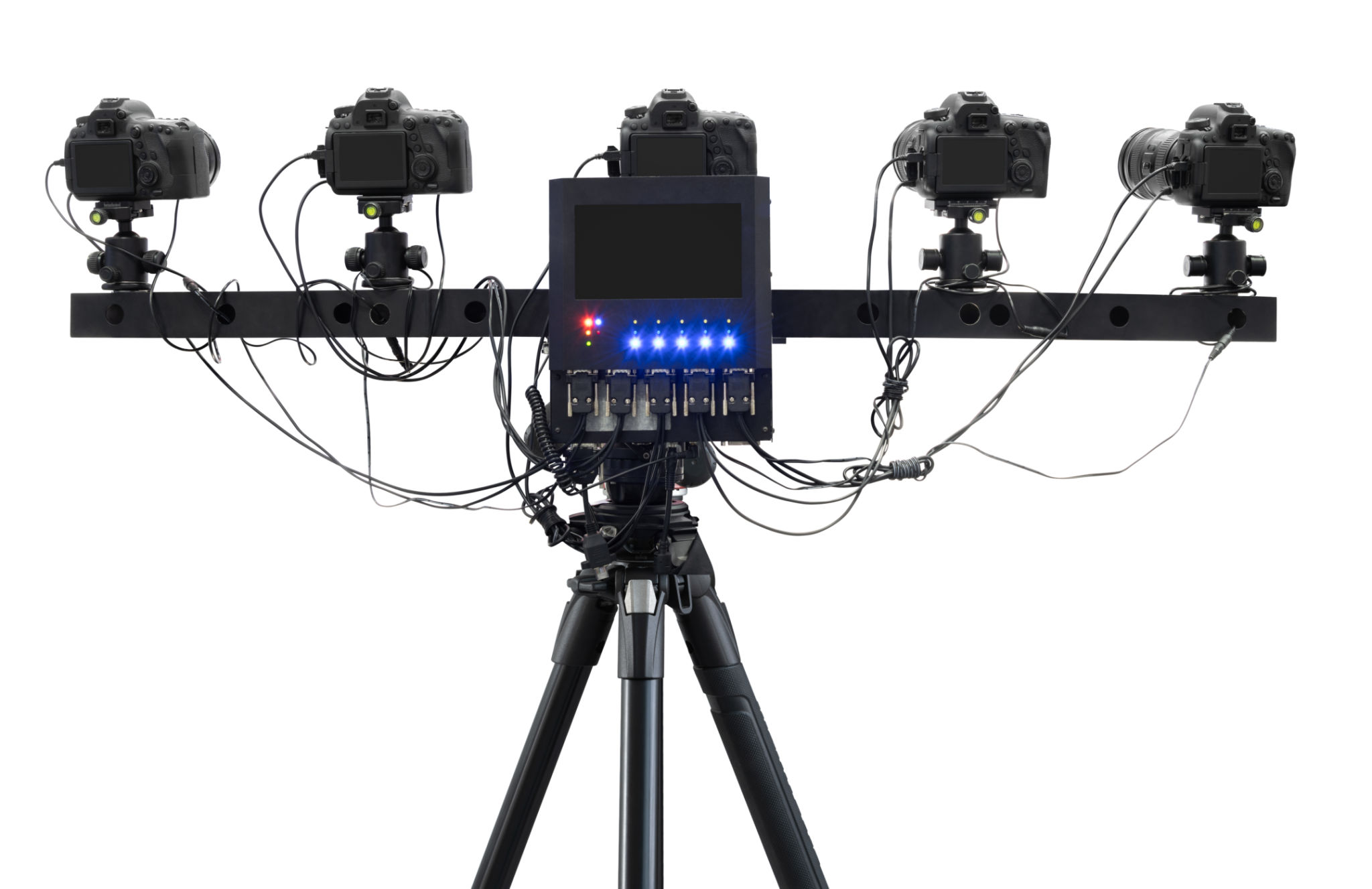Mastering Multi-Camera Live Production: A Comprehensive Guide
Introduction to Multi-Camera Live Production
In today's fast-paced digital world, multi-camera live production has become an essential tool for broadcasters, event producers, and content creators. It offers a dynamic way to cover events, providing viewers with multiple perspectives and enhancing the storytelling experience. Whether you're producing a live sports event, a concert, or a corporate seminar, mastering multi-camera production can significantly elevate your content.
Understanding the fundamentals of multi-camera setups is crucial for any aspiring live producer. This guide will walk you through the essentials, from equipment selection to technical execution, helping you deliver seamless and engaging live productions.

Choosing the Right Equipment
The foundation of any successful multi-camera production lies in selecting the appropriate equipment. Your choice will depend on factors such as the scale of the event, budget, and the specific requirements of your broadcast. Key components include cameras, switchers, and audio gear.
Cameras
Investing in high-quality cameras is essential for capturing crisp and clear footage. Consider cameras that offer features like interchangeable lenses, high resolution, and good low-light performance. For smaller productions, DSLR or mirrorless cameras can be a cost-effective choice.
Switchers
A switcher, or video mixer, is a critical piece of equipment that allows you to seamlessly transition between different camera feeds. Look for models that offer multiple input options and are compatible with your chosen cameras. Advanced models may also offer special effects and graphic overlays.

Setting Up Your Production
Once you've gathered your equipment, the next step is setting up your production environment. Proper planning and organization are key to ensuring a smooth live broadcast. Start by mapping out your venue and determining camera placements for optimal coverage.
Camera Placement
The positioning of your cameras will greatly affect the final output. Consider placing cameras at various angles to capture wide shots, close-ups, and crowd reactions. Ensure that each camera has a clear line of sight and is unobstructed by other equipment or personnel.
Audio Considerations
A high-quality audio feed is as important as video in live production. Use external microphones and audio mixers to capture clear sound. Consider using wireless microphones for mobility and ease of use during events.

Executing a Live Production
With everything set up, it's time to execute your live production. Coordination between team members is crucial, so ensure everyone understands their roles. During the event, the director will guide the camera operators and switcher technician to deliver a cohesive viewing experience.
Live Switching
The switcher operator plays a pivotal role in maintaining the flow of the broadcast. They must be adept at switching between camera feeds quickly and efficiently, responding to cues from the director to ensure smooth transitions.
Post-production might be limited in live broadcasts, but it's still essential to capture high-quality footage for future use or highlights packages. Consider recording all feeds separately for potential editing post-event.

Conclusion
Mastering multi-camera live production requires a blend of technical skills and creative vision. By carefully selecting your equipment, planning your setup, and executing with precision, you can create captivating live content that resonates with your audience.
As technology continues to evolve, staying updated with the latest advancements will keep you at the forefront of live production. Embrace new techniques and tools to continually enhance your skills and deliver exceptional live broadcasts.
